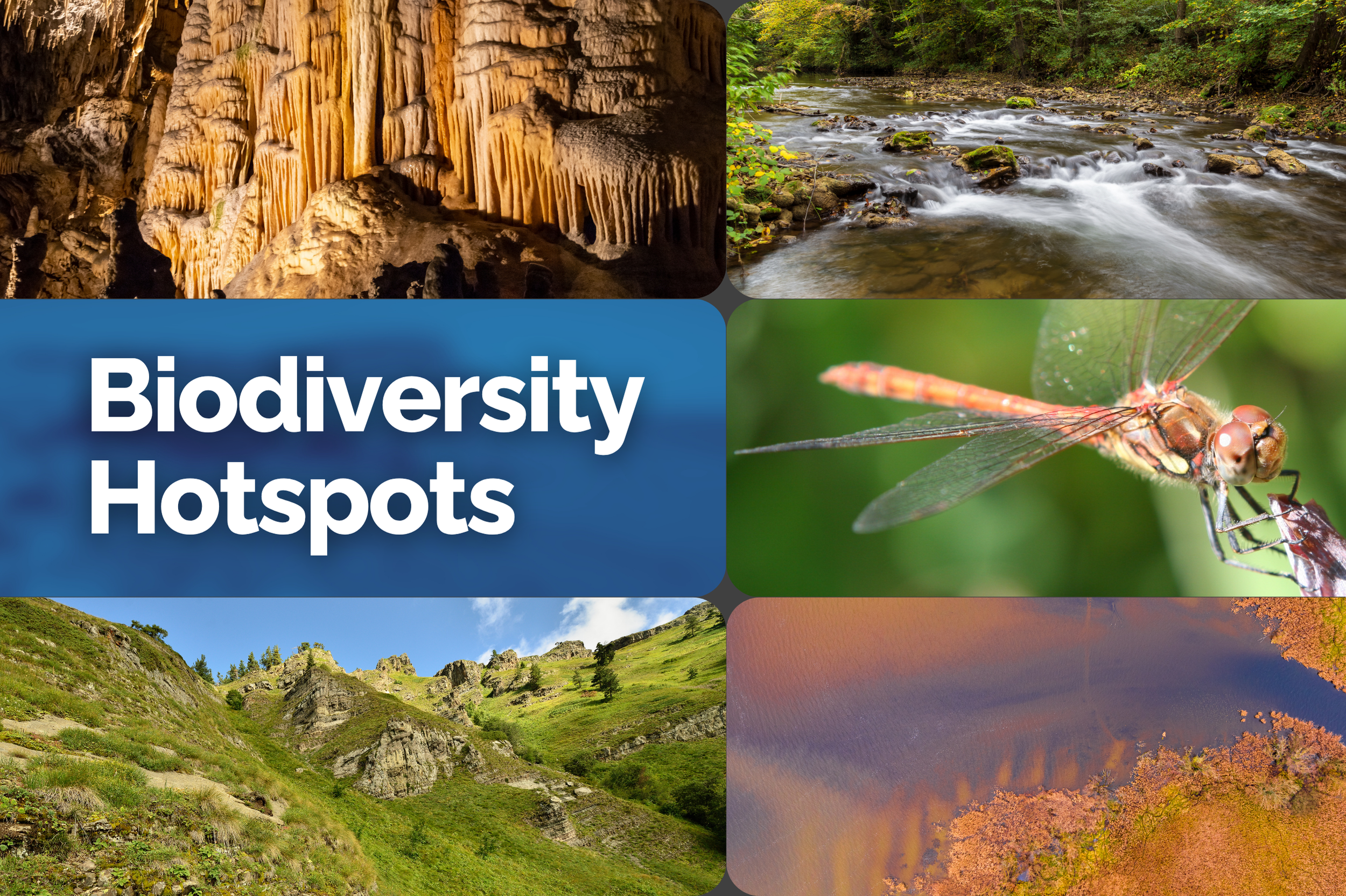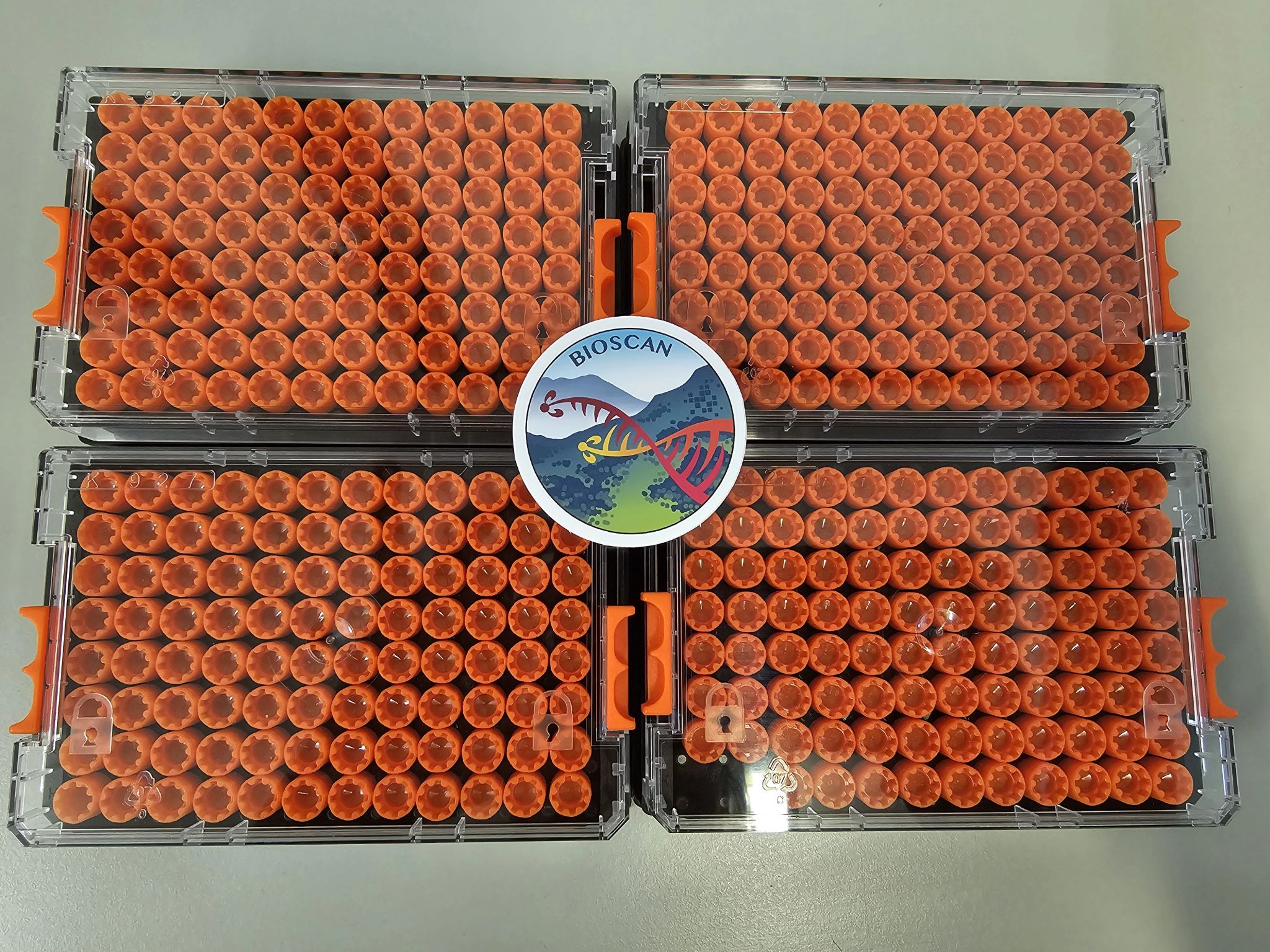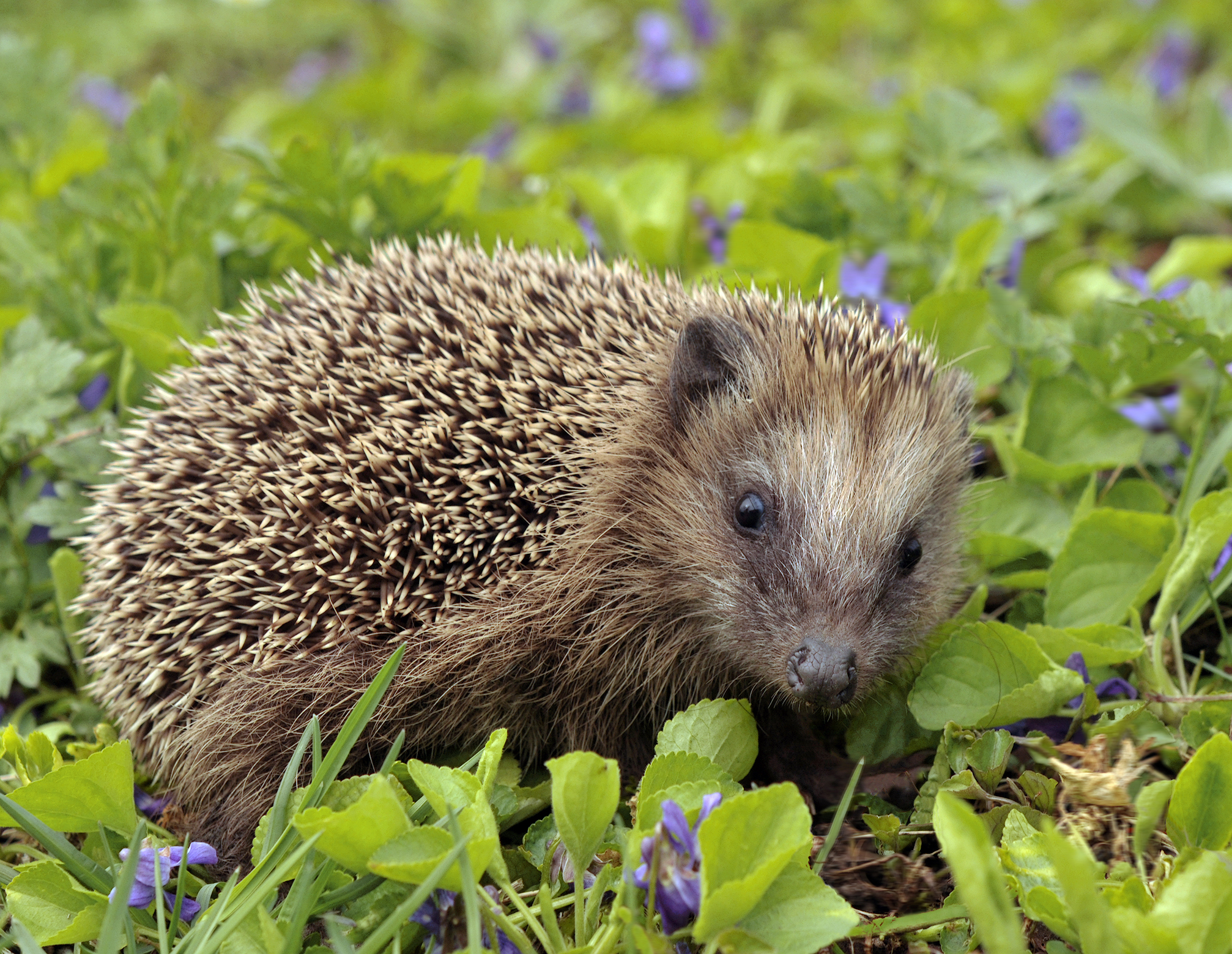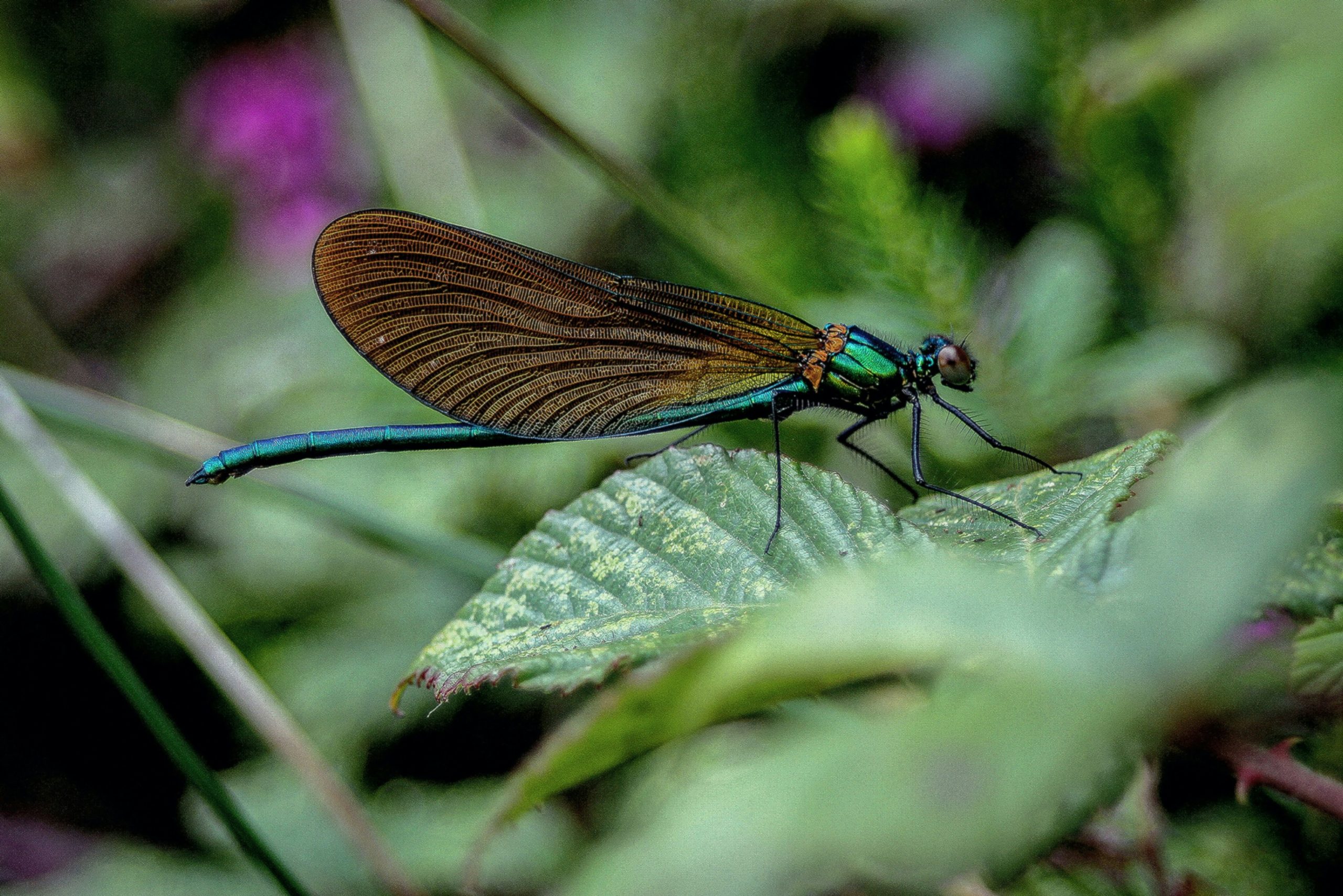The European Reference Genome Atlas (ERGA) and the European node of the International Barcode of Life Consortium (iBOL Europe), two international communities of scientists brought together under the Biodiversity Genomics Europe Project (BGE), are joining forces for “Connections,” a series of blog posts that explore the fascinating world of Biodiversity Genomics and the intersection of their communities. In this blog post, we talk about the rules that regulate the processes related to biodiversity genomics. To facilitate the understanding of the topics and make them accessible to a broad audience, each Connection comes with a simplified-language version in PDF – the EasyConnection – available at the end of this blog post.
What is a Biodiversity Hotspot?
Biodiversity hotspots are regions that are exceptionally rich in endemic species (those found nowhere else), in relatively small areas, but face important threats. Consequently, these Hotspots are global conservation priorities because they harbour a large portion of Earth’s biodiversity.
The European continent hosts such hotspots, and Biodiversity Genomics Europe, under a dedicated partnership agreement led by CSIC, the Spanish National Research Council, chose six priority countries to boost the generation of genomic resources for their most distinctive species:

BioBlitzes are coordinated sampling efforts that unite taxonomists, genomicists, and volunteers. They are beneficial in two ways. First, they act as a field classroom, immersing citizen scientists, from local residents to school students into science, strengthening community awareness. Second, DNA barcodes generated during an event provide information about which species are present, while reference-quality genomes built from those same species help us understand how they work, adapt, or decline. Data from barcodes and genomes are tightly coupled: barcodes provide real-time monitoring, while genomes reveal functional variation that informs management.
Croatia – Genomes in the dark – collecting in a hidden biodiversity hotspot
The Dinaric mountain range of Croatia is home to the world’s richest subterranean biomes and is the historical cradle of biospeleology (cave biology).
Cave species evolved in remarkably stable conditions, which makes them highly vulnerable to rising temperatures and other disturbances. Their subterranean habitats are isolated, and the organisms cannot survive on the surface, leaving them with no migration possibilities when the environment changes. This ecological trap makes genomic studies and the protection of their subterranean refuges increasingly urgent.
To date, over 900 cave species have been discovered in the Dinarides, with more than 150 new ones reported in Croatia since 2002.
Two cave-focused BioBlitzes took place in April and October 2024, one on the island of Mljet, the other in Velebit’s Cerovac caves. Participants learned how to locate invertebrates, recognise different species, and preserve specimens for barcoding and genome sequencing. More than forty cave species were secured. In addition, park staff and school groups were introduced to biodiversity genomics and learned more about how genomic resources can support biodiversity assessment, conservation, and restoration efforts by providing scientific evidence for informed management decisions. This outcome demonstrates how local partnerships and the use of genomic data can advance subterranean biodiversity conservation.
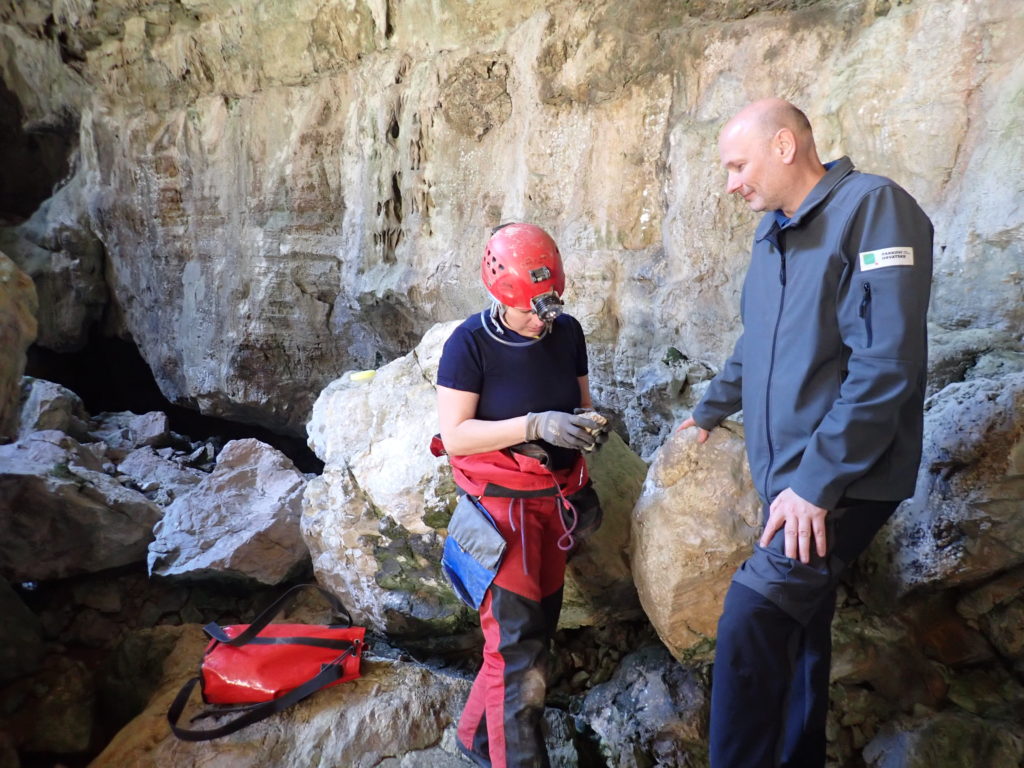
Photo credits: Martina Pavlek, Iva Cupic, Jana Bedek, TIn Rozman, Alen Kirin, Nikolina Kuharic
